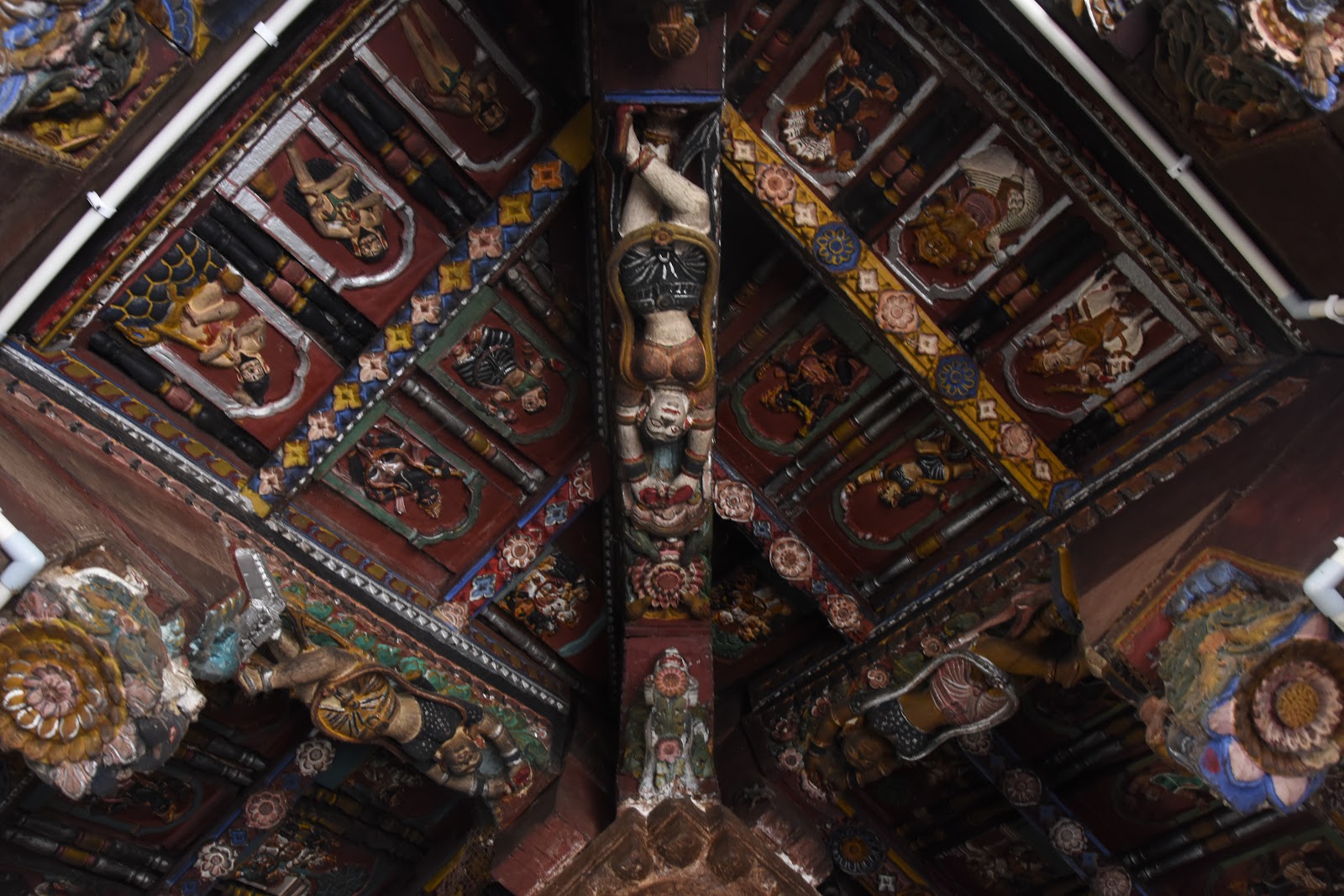Growing up during my early
childhood days I always had a complaint with God. I always thought God was
biased towards me, as he gave me a silent brother who could never understand
social things, with whom I could never have a verbal conversation, arguments or
discussion.
A gap was always there, still we
were inseparable. Wherever I would go, he would always follow me and wherever
he would go, I was bound to follow him.
Most part of my childhood in
Kalaktang, Arunachal Pradesh went searching my naughty brother here and there
as most often he would run away from home. The moment I would enter the house
after school, my mother would say, “Munna phir bhag Gaya hai jao usko dhundke
lao.” And I without option would roam around all across the valley of
Kalaktang, from Labour colony to medical colony, Hydel power colony and ask
everyone “Apne Mere Bhai ko Dekha hai ???”
After walking around various
colonies I would always find him somewhere near some water source, playing with
water and mud. He would always be in mess, and I would start crying. Most often
he used to run away the moment he would see me, and I would run behind him. He
even used to throw stones at me, injuring me several times. During those days I
used to hate everyone for putting me in such a situation.
This thing started when I was
five years old and it continued till I turned 10, after that he was admitted in
a Hearing Impaired School in Bhubaneswar. So, my everyday quest for my naughty
brother stopped for a while.
As a kid my only wish used to be
to have a normal brother. I wanted to have a big brother like Ruby Bhaiya and
Shiva Bhaiya who used to stay adjacent to us.
When I was in sixth standard, I
wanted to tie a Rakhi to Shivkant bhaiya and make him my elder brother. I even
bought two Rakhis, one for Munna, my brother and another for Shivkant bhaiya
who was my neighbour. I was about to visit his house to tie the Rakhi, suddenly
one of my classmates Roma came to my house boasting that he got plenty of gifts after tieing Rakhi to several boys. Surprised,
I asked her,”Why you tied Rakhi to several boys, you already have a brother?”
to which she said, “Rakhi Bhai real Bhai thodi hota hai woh toh gift milta hai
isilye bandh detein hai.” She even told me that she tied a Rakhi to Shivkant
bhaiya.
I was shocked with her definition
of Rakhi brother, I looked at my Rakhi which I bought for Shivkant bhaiya,
became sad, cried a little and then put it into a box. That Rakhi remained with
me for quite a long time, till my graduation.
Anyway Rakhi or no Rakhi, I
always consider Shivkant bhaiya as my elder brother. We haven't met since 1995.
Over the years, I became too protective
for my brother, Munna. He is still naughty, and often make me cry with his
mischievous acts, but I consider its my duty to protect him from all the evil
eyes who are ready to snatch away everything from him.
When I joined Orissa Post in
2015, I often used to reach home at 11 pm. Despite health issues, my father
would always come to Jatni-Khurda Bypass to pick me up. Munna, who has learned
cycle, would often request me and papa to allow him to pick me. But I was not
willing to risk my life sitting on his bicycle.
But one day, while I was waiting
for Papa at Jatni-Khurda Bypass, my brother came and insisted me to sit on his
bicycle, he promised that he would be careful and 'Bhagwan ka naam leke mei
baith gayee'.
First day was OK, but second day
we both had a minor accident, and by third day I refused to take another risk.
The journey on his bicycle which started in 2015 still continues. Over the
years we had four major accidents, twice we almost collided head-on with a
truck, and twice collided with a boundary wall. I still pray before sitting on
his Bicycle. He has been requesting us to give him a bike, 'Bhagwan, Cycle mei
hi woh kitna accident karta hai, Bike mei Kya karega📷🙄📷🤯.'
Anyway, I have vowed to protect
him till the end, but he is also trying his bit to protect me as long as I
live.




















